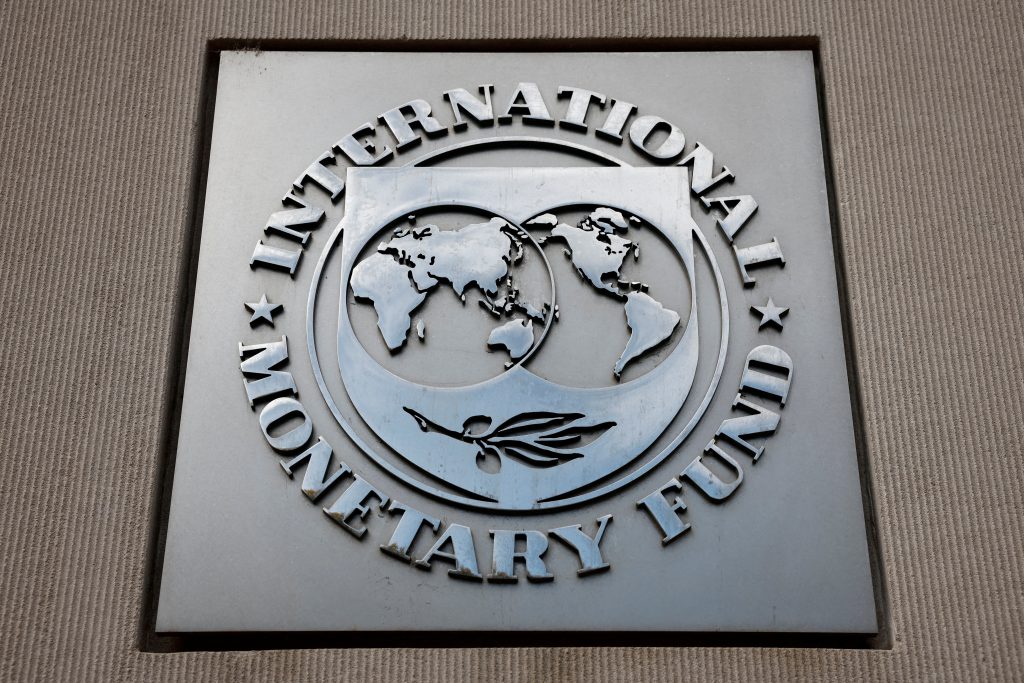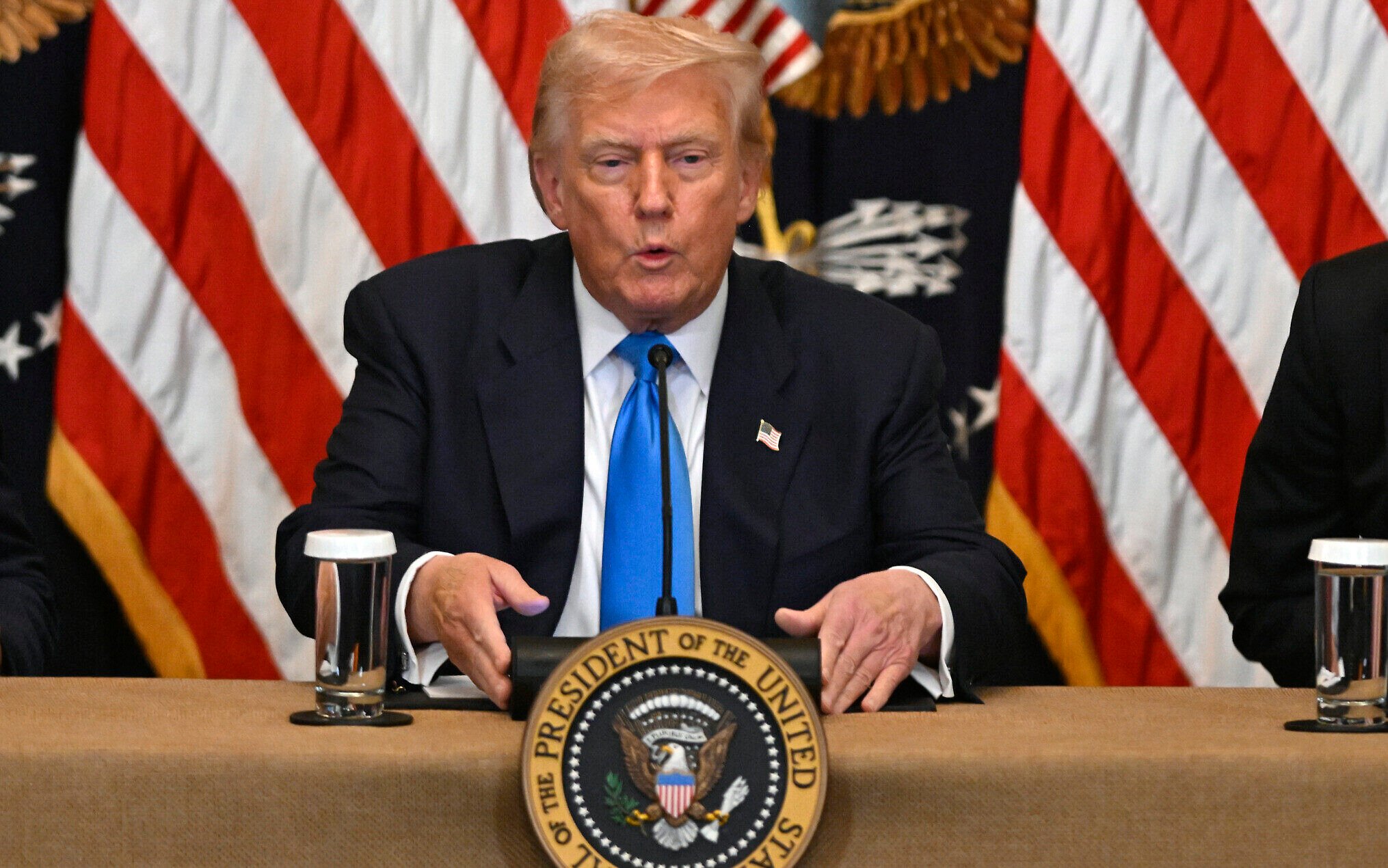The average U.S. tariff rate has reached 20.1%, its highest level since the early 1910s, according to new data from the World Trade Organisation (WTO) and the International Monetary Fund (IMF).
This sharp increase comes after new duties took effect on Thursday and stands in stark contrast to the 2.4% rate that was in place when President Donald Trump took office.
The average rate had briefly spiked to 24.8% in May following Trump’s April announcement of “reciprocal” tariffs on major trading partners.
While a subsequent trade truce with China lowered those levels, a new series of trade deals with the European Union, Japan, and others—as well as new tariffs on countries like Brazil and Canada—have pushed the average back up.

The current rate now surpasses the high tariffs of the 1930s, which many economists link to the severity of the Great Depression.
The WTO and IMF calculated this average by applying the latest rates to trade volumes from 2024. However, this figure is an estimate, as businesses are expected to change their purchasing patterns and reduce imports in response to the new tariffs.
The Budget Lab at Yale University predicts that, once these behavioural changes are accounted for, the rate will likely fall to around 17.7%, assuming no further tariff announcements from the Trump administration.


 Trending
Trending 
